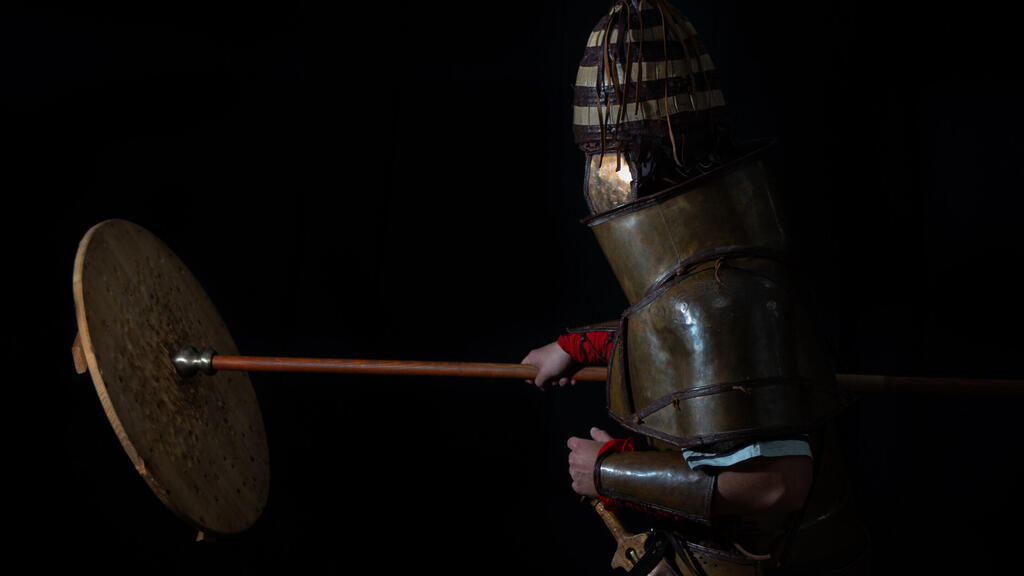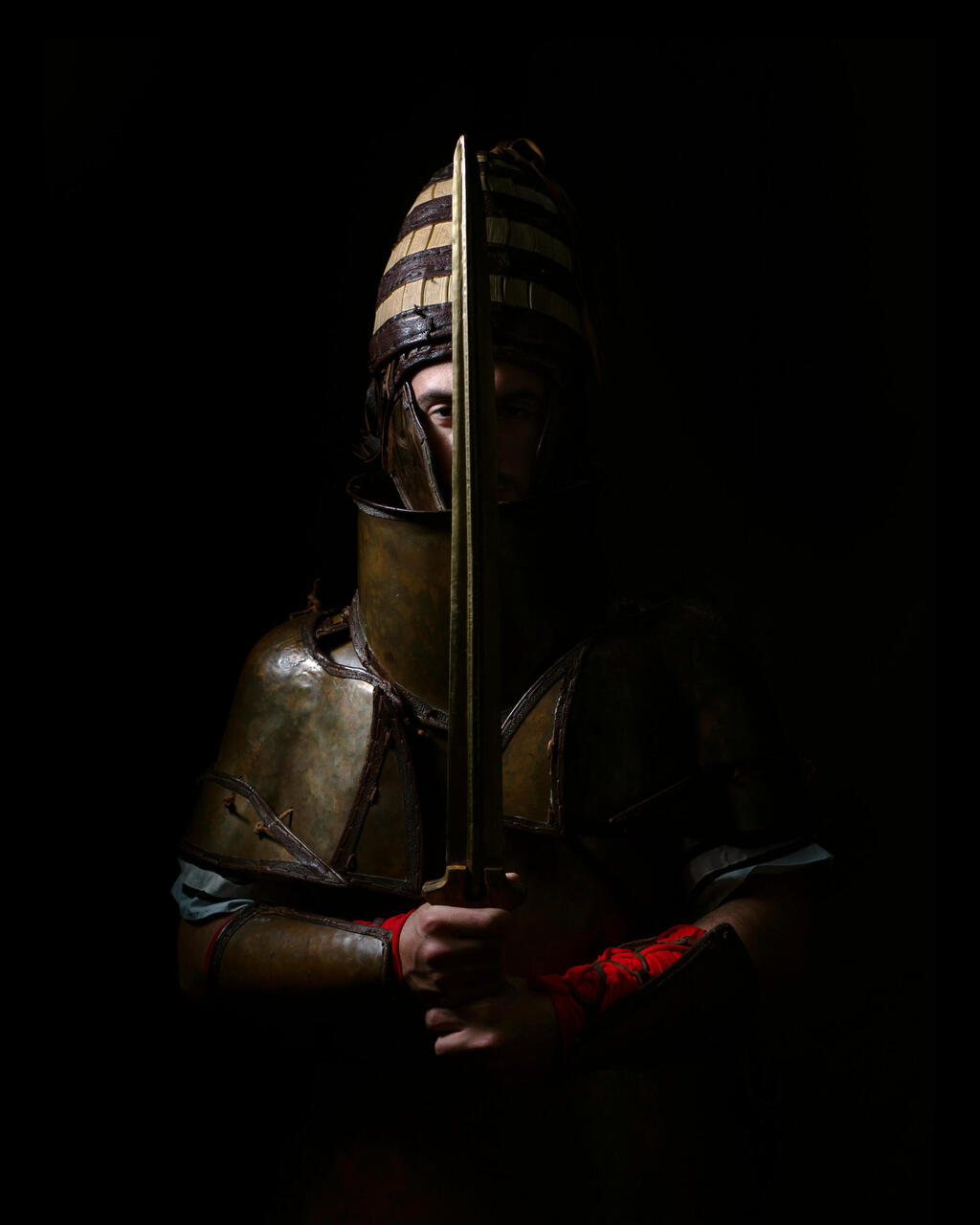Getting your Trinity Audio player ready...
The twilight of the Bronze Age in ancient Greece, known as the Mycenaean era, provided the rich backdrop for Homeric epics and other legendary tales of Greek mythology.
Among the treasures unearthed from this period, a set of full body armor—crafted from multiple bronze plates covering the neck, shoulders, and waist—was discovered in a tomb in the Greek village of Dendra by Greek and Swedish archaeologists in the 1960s. For decades, the purpose of this armor remained an enigma: was it merely ceremonial, or did it see the battlefield?
This mystery of ancient warfare and its profound impact on prehistoric society has now been unraveled, thanks to groundbreaking research published in PLoS ONE by an international team of scholars. Their findings reveal the armor was indeed battle-ready, offering new insights into the conflicts of the late Bronze Age.
To test the armor's practicality, the research team employed a replica made in the 1980s from an alloy closely matching the original. Thirteen members of the Greek armed forces—National Guard reserves, the Hellenic Navy, and the Hellenic Air Force—donned the 23-kilogram armor and engaged in an 11-hour combat simulation inspired by the Iliad. This epic, one of two monumental works attributed to Homer (the other being the Odyssey), recounts tales of tragedy, destruction, camaraderie, and family amidst the chaos of war, including a partial account of the Trojan War.
Professor Andreas Flouris from the University of Thessaly, who led the research, explained, "The armor that our volunteers wore was the same dimensions and similar weight to the Bronze Age original. We also monitored calorie intake based on a ‘Homeric diet’ (about 4,443 calories) derived from relevant descriptions found in the Iliad, and calorie expenditure together with the stresses placed on the volunteers’ bodies under temperatures typical for a Greek summer of 30-36 degrees Celsius. When the 11-hour battle protocol began we measured heart rate, oxygen consumption, core temperature, fluid loss, and muscular function.
“We found that the armor allowed full flexibility of movement and did not exert excessive physiological stress on the body. This means that despite earlier views which classified it as only a ceremonial outfit, the armour could be worn for extended periods by fit individuals in battle. Sixty years on from the discovery of the Dendra armour we now understand, despite its cumbersome appearance at first sight, that it is not only flexible enough to permit almost every movement of a warrior on foot but also resilient enough to protect the wearer from most blows."
The research enriches our understanding of Mycenaean armor, whether described in the Linear B script from Knossos or depicted in Egyptian papyrus illustrations. It also underscores the Mycenaeans' significant influence in the Eastern Mediterranean, partly due to their sophisticated armor design.
Dr. Ken Wardle from the University of Birmingham, a member of the research team, elaborated, "Hittite records of military interactions with the Ahhiyawa, another name for the Mycenaeans, show that they had a substantial presence in western Asia Minor in the second half of the 2nd Millennium BC. Given that the Hittite kingdom dominated most of Anatolia and, at times, the northern parts of Syria and Mesopotamia we must understand that only a significant military force could oppose them or gain such respect as recorded in the Hittite archives.
“Descriptions of bronze armor used in the Iliad were thought to be later interpolations or poetic license, but this research suggests otherwise. Viewing the armour in light of these historical records, knowing that it is possible it was used in battle, helps to shed much-needed light on one of history’s most momentous turning points: the collapse of the Eastern Mediterranean Bronze Age civilisations towards the end of the 2nd Millennium BC; a time of destruction and upheaval that marked the beginning of the Age of Iron.”
This era, known as the "Late Bronze Age Collapse," marked the onset of the Iron Age. It was a time of widespread destruction and upheaval in the Middle East and Mediterranean Basin. Empires, kingdoms, and city-states crumbled; droughts, mass famines, migrations, wars, and social revolutions ensued; and there was a dramatic decline in international trade, material culture, and writing. This period marked the beginning of Mycenaean Greece's decline.




